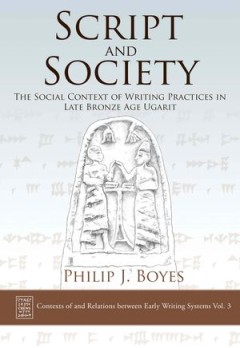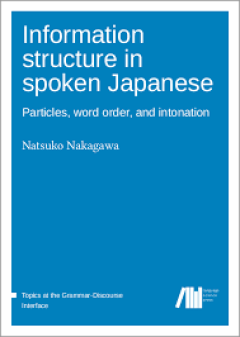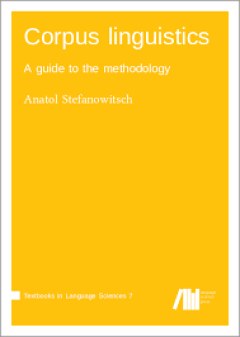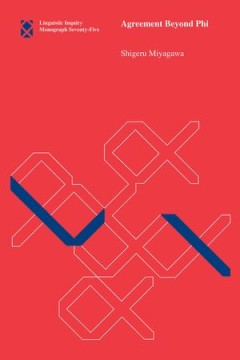Filter by

Digital culture and the hermeneutic tradition: suspicion, trust, and dialogue
Introduction1. The Familiar and the Strange: Rethinking Hermeneutics for the Digital2. Paranoid Readings of Toxic Memes: Suspicious Hermeneutics3. Hermeneutics of Faith4. Can We Talk? Dialogical Hermeneutics5. ConclusionsIndex
- Edition
- -
- ISBN/ISSN
- 9781003372790
- Collation
- -
- Series Title
- -
- Call Number
- -

Complexity in second language study emotions: emergent sensemaking in social …
The emotionality of additional language learning -- From simplicity to complexity: recent explorations of L2 study emotions -- Interactions between the whole and parts in the emergence of L2 study feelings -- Focusing a small lens on experiential and discursive
- Edition
- -
- ISBN/ISSN
- 9781003306955
- Collation
- -
- Series Title
- -
- Call Number
- -

Script and Society the Social Context of Writing Practices in Late Bronze Age…
By the 13th century BC, the Syrian city of Ugarit hosted an extremely diverse range of writing practices. As well as two main scripts – alphabetic and logographic cuneiform - the site has also produced inscriptions in a wide range of scripts and languages, including Hurrian, Sumerian, Hittite, Egyptian hieroglyphs, Luwian hieroglyphs and Cypro-Minoan. This variety in script and language is ac…
- Edition
- -
- ISBN/ISSN
- 9781789255867
- Collation
- -
- Series Title
- -
- Call Number
- -

Toward an Inclusive Creative Writing : Threshold Concepts to Guide the Litera…
The creative writing workshop has existed since the early part of the 20th century, but does it adequately serve the students who come to it today? While the workshop is often thought of as a form of student-centered pedagogy, it turns out that workshop conversations serve to marginalize a range of aesthetic orientations and the cultural histories to which they belong. Given the shifting demogr…
- Edition
- -
- ISBN/ISSN
- 9781350023864
- Collation
- -
- Series Title
- -
- Call Number
- 370 ADS t

Information structure in spoken Japanese Particles, word order, and intonation
This study explores information structure (IS) within the framework of corpus linguistics and functional linguistics. As a case study, it investigates IS phenomena in spoken Japanese: particles including so-called topic particles, case particles, and zero particles; word order; and intonation. The study discusses how these phenomena are related to cognitive and communicative mechanisms of humans.
- Edition
- -
- ISBN/ISSN
- 9783961101382
- Collation
- -
- Series Title
- -
- Call Number
- -

The Routledge Handbook of Translation and Education
The Routledge Handbook of Translation and Education will present the state of the art of the place and role of translation in educational contexts worldwide. It lays a sound foundation for the future interdisciplinary cooperation between Translation Studies and Educational Linguistics. By adopting a transdisciplinary perspective, the handbook will bring together the various fields of scholarly …
- Edition
- -
- ISBN/ISSN
- 9781000739947
- Collation
- 470 halaman
- Series Title
- -
- Call Number
- 400 ROU

Corpus linguistics A guide to the methodology
Corpora are widely used in linguistics, but not always wisely. This book attempts to frame corpus linguistics systematically as a variant of the observational method. The first part introduces the reader to the general methodological discussions surrounding corpus data as well as the practice of doing corpus linguistics, including issues such as the scientific research cycle, research design, e…
- Edition
- -
- ISBN/ISSN
- 9783961102242
- Collation
- -
- Series Title
- -
- Call Number
- -

Fibula, Fabula, Fact
The chapters of Fibula, Fabula, Fact – The Viking Age in Finland are intended to provide essential foundations for approaching the important topic of the Viking Age in Finland. These chapters are oriented to provide introductions to the sources, methods and perspectives of diverse disciplines in a way that is accessible to specialists from other fields, specialists from outside Finland, and a…
- Edition
- Vol. 18.0
- ISBN/ISSN
- 9789522227645
- Collation
- -
- Series Title
- -
- Call Number
- 418 FIB f

The Origins of Self
The Origins of Self explores the role that selfhood plays in defining human society, and each human individual in that society. It considers the genetic and cultural origins of self, the role that self plays in socialisation and language, and the types of self we generate in our individual journeys to and through adulthood. Edwardes argues that other awareness is a relatively early evolutionary…
- Edition
- -
- ISBN/ISSN
- 9781787356306
- Collation
- -
- Series Title
- -
- Call Number
- 401.9 EDW o

Agreement Beyond Phi
An argument that agreement and agreementless languages are unified under an expanded view of grammatical features including both phi-features and certain discourse configurational features. Much attention in theoretical linguistics in the generative and Minimalist traditions is concerned with issues directly or indirectly related to movement. The EPP (extended projection principle), introduced …
- Edition
- -
- ISBN/ISSN
- 9780262035880
- Collation
- -
- Series Title
- -
- Call Number
- 400 MIY a
 Computer Science, Information & General Works
Computer Science, Information & General Works  Philosophy & Psychology
Philosophy & Psychology  Religion
Religion  Social Sciences
Social Sciences  Language
Language  Pure Science
Pure Science  Applied Sciences
Applied Sciences  Art & Recreation
Art & Recreation  Literature
Literature  History & Geography
History & Geography